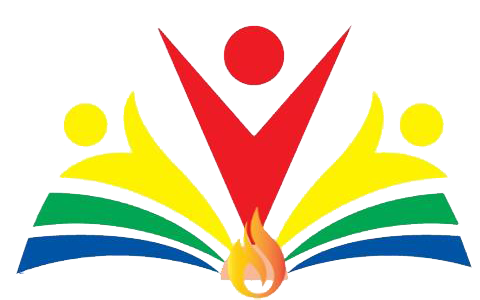a. formation
A unit can be formed by 15 members of Gram Panchayat/Municipality/Corporation area.
b. Governing Body/ Executive
President, Vice-President, Secretary, Joint Secretary, Treasurer, Convenors, Trustees (if any)
A 7 – 15 member executive (governing committee) consisting of committee members should be elected.
a. formation
Constituency Council (Constituency Council) consists of office-bearers of not less than 3 unit governing bodies of the constituency and the office-bearers (if any) of subsidiary bodies.
b. Governing Body / Executive
The Constituency Executive / Governing Body consists of the President, 3 Vice-Presidents, General Secretary, 3 Secretaries, Treasurer, Convenors, Officers, Subsidiary Association Officers (if any) and Committee Members (15 – 25 members). (Constituency Executive).
a. formation
The District Council consists of not less than 3 Constituency (Mandalam Executive) office bearers and Constituency Officers (if any) in a district.
b. Governing Body / Executive
The Zilla Executive (Zilla Council Executive / Governing Body) consists of President, 4 Vice Presidents (from Regions), General Secretary, 4 Secretaries (from Regions), Treasurer, Convenors, Parent Association Officers (if any) and Committee Members (25 – 35 members).
c. Districts can be zoned for operational convenience.
d. Vice Presidents, Convenors and Secretaries Jo. Area Committees may be constituted with the Convener.
e. A Vice President and a Secretary are to assist the President and General Secretary.
a. formation
The State Council consists of not less than 3 District Council office-bearers of a State (state) and the officers (if any) of the Association.
b. Governing Body / Executive
The State Council Executive / Governing Body consists of 41 members including the President, 4 Vice-Presidents (from regions), General Secretary, 4 Secretaries (from regions), Treasurer, Convenors and the officers of the Subsidiary Organization (if any).
c. Zones can be created for operational convenience.
d. Regional Vice Presidents Convener and Secretaries Jo. Area Committees may be constituted with the Convener.
e. A Vice President and a Secretary are to assist the President and General Secretary.
